Given a grammar G defined by
A -> Ca
B -> Cb
C -> e|f
Is this grammar LL(1)?
I realize that we could compress this down into a single line, but that's not the point of this question.
Mainly, can an LL(1) grammar have multiple rules that begin with the same non-terminal?
As a follow up question, how do I construct a parse table for the above grammar?
I've worked out the following:
FIRST(A) = {e,f}
FIRST(B) = {e,f}
FIRST(C) = {a,b}
FOLLOW(A) = {}
FOLLOW(B) = {}
FOLLOW(C) = {a,b}
I looked at this post, but didn't understand how they went from the FIRSTs and FOLLOWs to a table.



